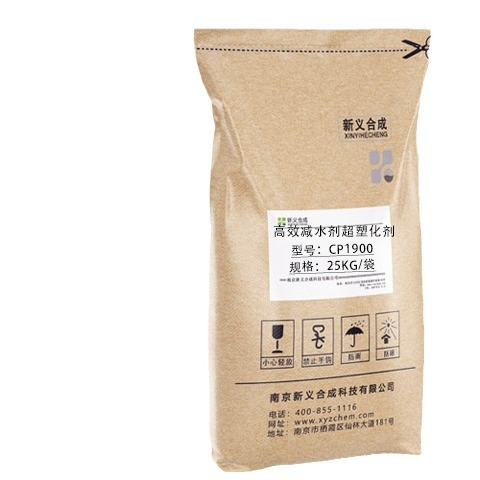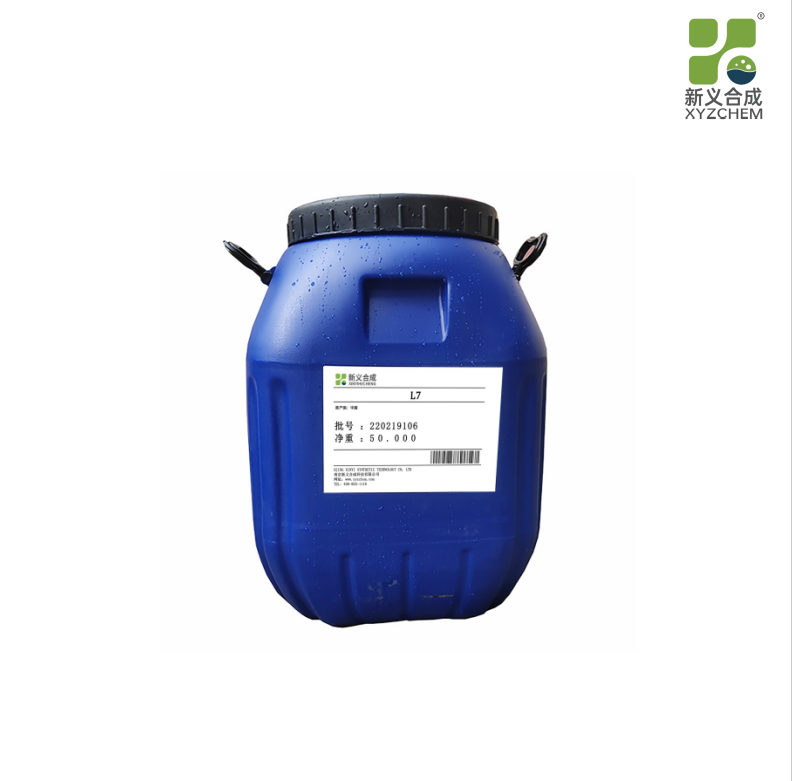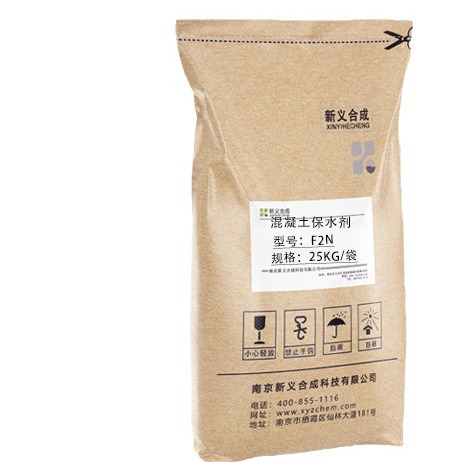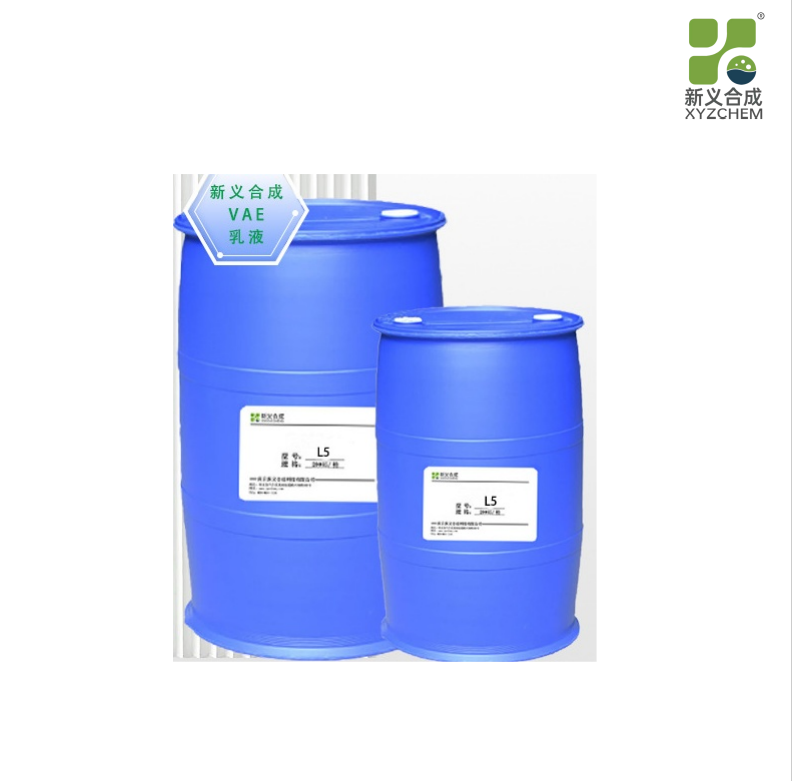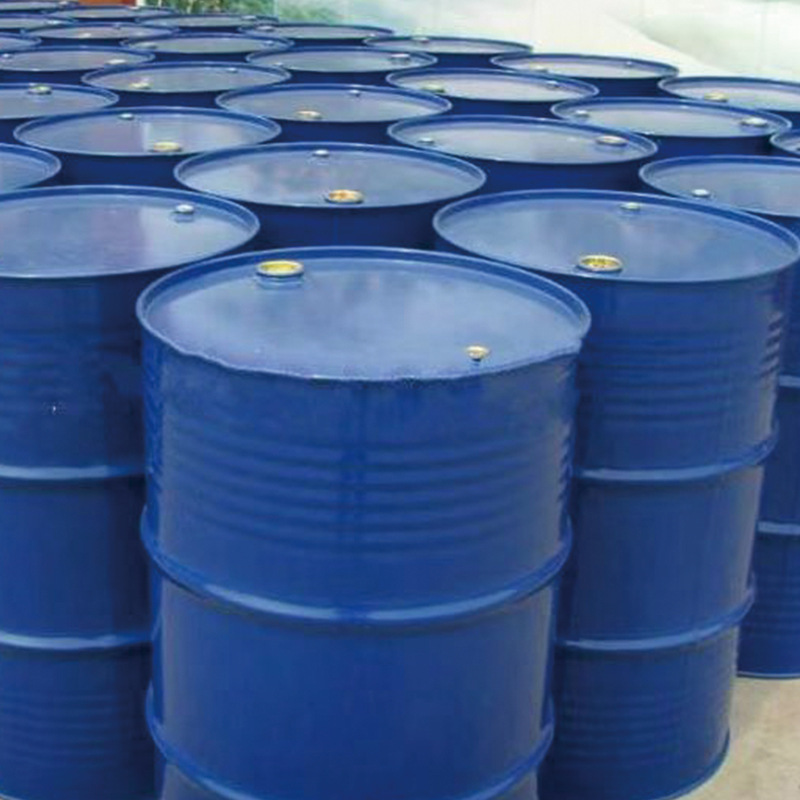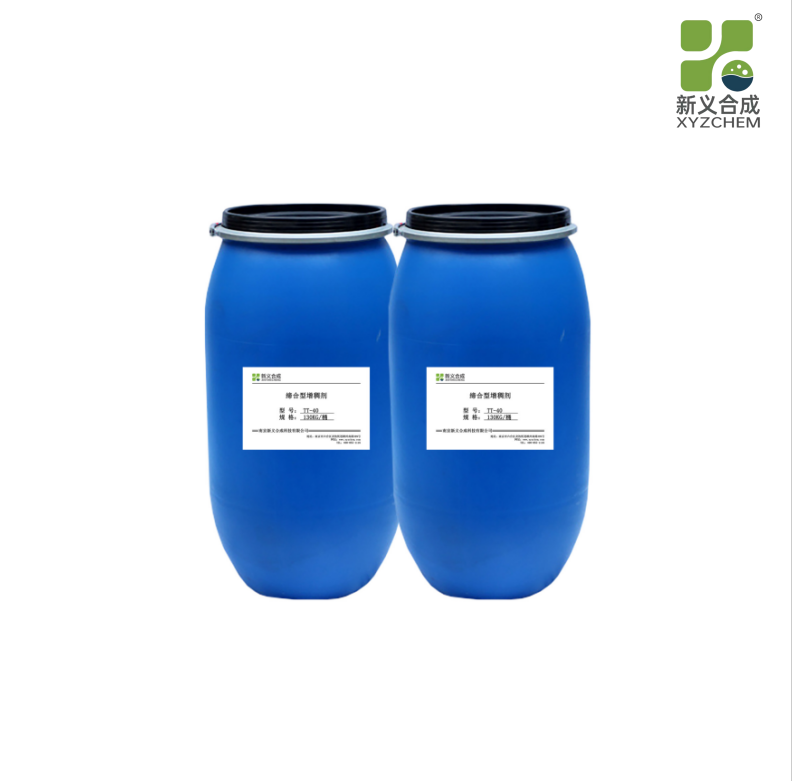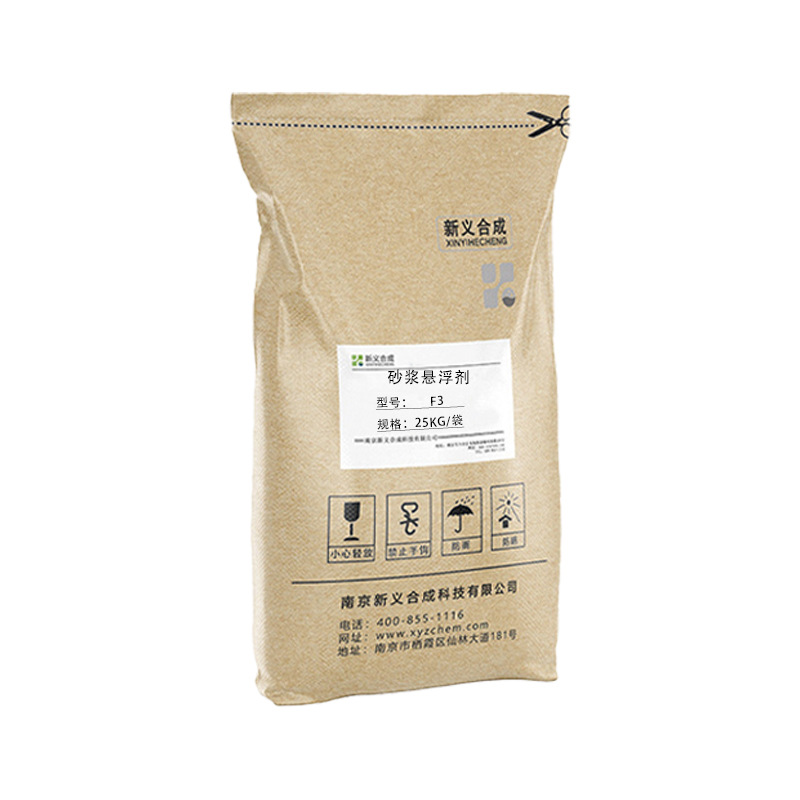Modified multifunctional water-based vinyl acetate-ethylene copolymer emulsion (VAE emulsion) is a kind of emulsion product which has been specially modified and optimized. Here are some details about the lotion:
1. Product characteristics
Versatility: Modified VAE emulsions have a variety of functions, such as excellent bonding properties, good water and alkaline resistance, excellent weather resistance, etc.
Water: The emulsion with water as the medium, with environmental protection, pollution-free characteristics, in line with the development trend of modern green chemistry.
Modification: Through specific modification technology, such as adding functional additives, adjusting the molecular structure of the polymer, etc., the emulsion can further improve its versatility and performance on the basis of maintaining the original properties.
2. The main performance
Bonding properties: modified VAE emulsion has excellent bonding properties and can be widely used for bonding paper, wood, plastics, synthetic fabrics and other materials.
Water and alkali resistance: The adjustment of the amount of ethylene monomer reduces the glass transition temperature of the copolymer, which significantly improves the hydrolysis resistance, water and alkali resistance.
Weather resistance: The modified emulsion has better weather resistance and can maintain stable performance under different environmental conditions.
3. Application fields
Adhesives industry: Due to its excellent bonding properties and environmental protection, modified VAE emulsions have a wide range of application prospects in the adhesive industry, such as construction, packaging, textile and other fields.
Coating industry: It can be used as the base material of interior and exterior coating, roof waterproof coating, fireproof coating, anti-rust coating, etc., to provide excellent adhesion and durability.
Textile treatment: It can be used for coating, printing and dyeing of fabrics to improve the waterproof, anti-fouling and wear resistance of fabrics.
4. Advantages
Environmental protection: water as the medium, does not contain or contain less organic solvents, has good environmental performance.
Versatility: Through modification technology, the emulsion has a variety of functions to meet the needs of different fields.
Good compatibility: can be mixed with most additives, such as dispersant, wetting agent, antifreeze, defoamer, preservatives, etc., to meet various needs.
5. Use precautions
Storage conditions: Should be stored in a cool, dry, ventilated place, avoid direct sunlight and high temperature.
Stir before use: Stir thoroughly before use to ensure the uniformity of the emulsion.
Safety: Although the emulsion has good environmental performance, it is still necessary to pay attention to safety measures such as fire prevention, explosion-proof and anti-gas. During use, please comply with the relevant safety regulations and operation guidelines.
In summary, the modified multi-functional aqueous vinyl acetate-vinyl copolymer emulsion is a kind of emulsion with excellent properties and wide application prospects. Through the specific modification technology, the emulsion can further improve its versatility and performance on the basis of maintaining the original performance, and meet the needs of different fields.
6.Raw material preparation
Monomer: Vinyl acetate and ethylene are the main monomer components of copolymer emulsions.
Surfactant: includes protective colloid and emulsifier with turbidity point ≤80℃. Protective colloid can choose different models of polyvinyl alcohol (PVA), such as PVA-0486, PVA203, PVA-205, PVA-1788, etc., to adjust the stability and performance of the emulsion.
Initiators: New oxidation-reduction systems are used, such as oxidant tBHP and reducing agent sodium metabisulfite, as well as reducing agent ferrous sulfate.
Buffer: Sodium acetate and sodium isooctanoate are used to regulate pH during polymerization.
Other additives: As needed, other functional additives can be added, such as electrolytes, inorganic substances (such as titanium dioxide, calcium carbonate), etc., to adjust the polymerization rate and emulsion performance.
7.Polymerization process
Soap-free emulsion polymerization: The soap-free emulsion polymerization technology can be used, that is, the emulsifier is reduced or completely eliminated, in order to reduce the cost of the product and avoid the adverse effect of the emulsifier on the performance of the polymer product.
Process selection: Use high pressure ring reaction device for continuous polymerization process to ensure uniform and stable product quality. By controlling the reaction residence time, reaction temperature and pressure, the continuous polymerization reaction of feeding and producing products is realized.
Operation points: In the polymerization process, it is necessary to strictly control the temperature, pressure, raw material ratio and stirring speed and other parameters to ensure the smooth progress of polymerization reaction and the stability of emulsion performance.
8.Performance test
Viscosity: The viscosity of the emulsion is measured by a viscometer to ensure it meets the requirements of the application.
Solubility: Evaluate the solubility of the emulsion in water to ensure its good dispersion and stability.
Particle size distribution: A particle size analyzer is used to measure the size and distribution of particles in the emulsion to optimize the production process and emulsion performance.
9.Application field
The modified multi-functional water-based vinyl acetate-vinyl copolymer emulsion has excellent adhesion, water resistance and weather resistance, and is widely used in the fields of building materials, textile printing and dyeing, paper making, coatings, adhesives, labels and sealing materials.
10.Precautions
Raw material selection: Select the right raw material and formula according to the application needs to ensure that the performance of the emulsion meets the requirements.
Polymerization conditions: strictly control the temperature, pressure, raw material ratio and stirring speed during the polymerization process to avoid product quality problems.
Environmental requirements: comply with environmental regulations in the production process to ensure that waste water, exhaust gas and other emissions meet standards.



